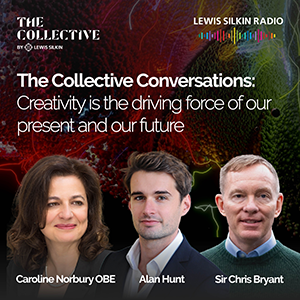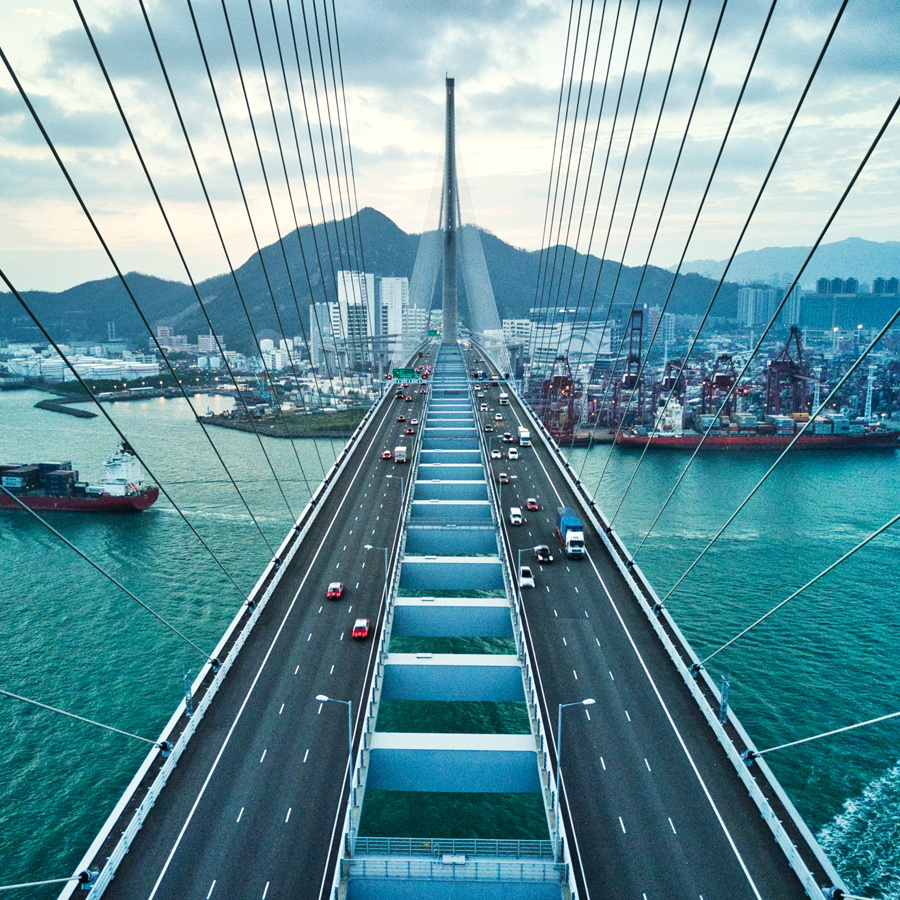In the realm of fashion, capitalism reigns supreme. Yet, the correlation between sustainability and profitability remains tenuous at best. How then can the fashion industry tread the path toward sustainability within the confines of the market economy?
Historically, the roots of fashion waste can be traced back to the 1840s in the United Kingdom, coinciding with the era of mass production. Contrary to common belief, it wasn’t the invention of sewing machines but rather the standardisation of sizing that propelled the rise of ready-to-wear fashion. The first of them was E.Moses and Sons of Aldgate. This standardisation empowered retailers to offer products in various sizes for immediate purchase, fundamentally altering consumer behaviour.
However, this shift also introduced risks. Retailers faced the uncertainty of whether products would sell, leading them to slash production costs to mitigate potential losses and create room for aggressive promotions and discounts. This relentless pursuit of cost reduction persists in the fashion landscape even today.
Over the centuries, consumer behaviour has become increasingly unpredictable, exacerbating the inventory challenges for brands and retailers. Seeking cheaper production sources became paramount, resulting in a global shuffle from one country to another, from China to Bangladesh to Vietnam and beyond.
Yet, this cost-centric approach is approaching a breaking point. Workers are striking, supply chains can become convoluted, and investments in sustainability languish, not to mention the enormous piles of wasted product and material each year. So, where do we go from here?
Annually, the fashion industry haemorrhages around $1 trillion due to markdowns aimed at managing risk, not to mention warehousing and interest costs. However, with advancements in technology and AI, there lies a vast opportunity for brands to overhaul this model.
Consider two approaches: measuring forecast risk and managing forecast risk.
Measuring Forecast Risk
Not all fashion items carry the same level of risk. For instance, a trendy Barbie pink blouse poses higher risk compared to a timeless white t-shirt. While AI may not predict trends with certainty, it excels at categorising styles into risk buckets, guiding risk management strategies effectively.
Managing Forecast Risk
Once risk levels are identified, AI can optimise production supply chains akin to an Uber Eats delivery process. The objective is to configure the supply chain that delivers food to a customer fast enough so that it remains warm but efficient enough so that you’re optimising your cost by grouping multiple deliveries to the same driver. The consideration might be different if you’re delivering hot food versus long lasting grocery deliveries.
This optimisation is similar to what AI can do for fashion brands. How can the brand construct its production supply chain in such a way that it is cost efficient but also fast enough for a particular style (trendy versus basic)?. AI helps strike the delicate balance between appropriate speed and cost, maximising efficiency without compromising quality.
Both research and real-world examples demonstrate that employing AI-driven, dynamic risk-based production models can bolster gross margins by 15% and slash waste by 50%. Moreover, it frees up capital for investment in sustainable materials.
The antiquated operating model of the 1840s is crumbling. To realise sustainability goals, the fashion industry must embrace new ways of working and AI-driven methodologies.
Dr Ahmed Zaidi
Co-Founder and CEO
Hyran Technologies
Click here to access the full report.



























